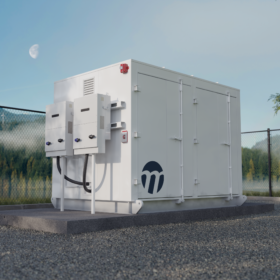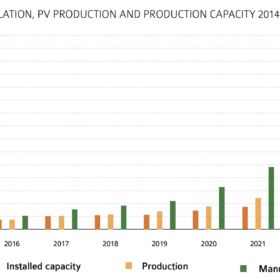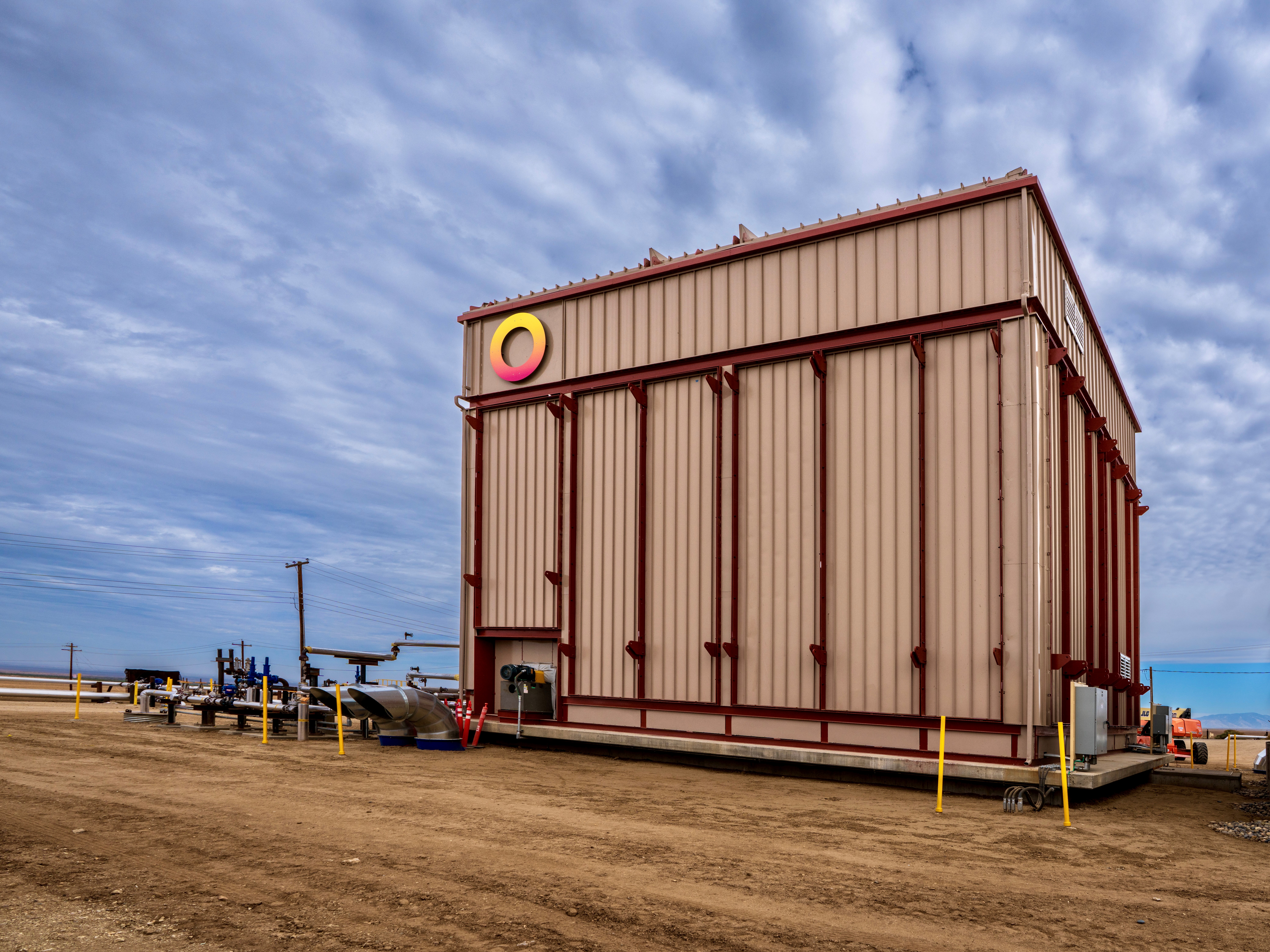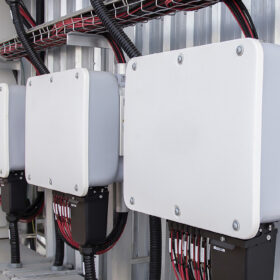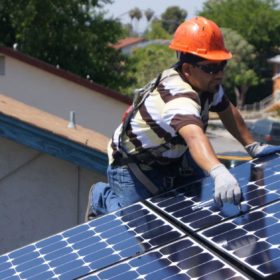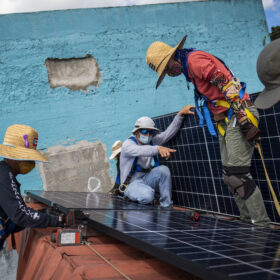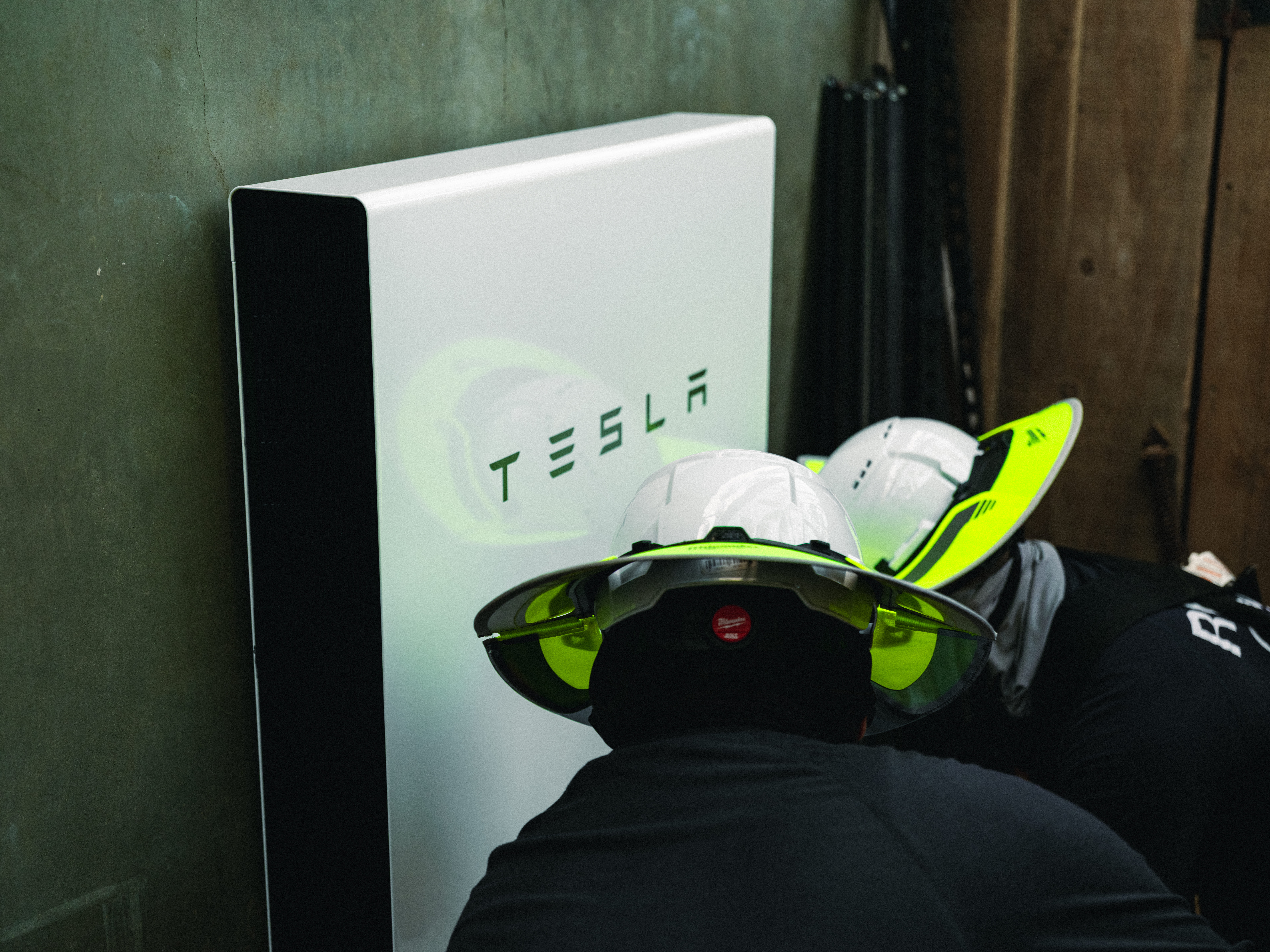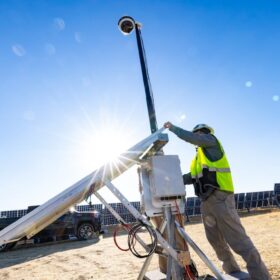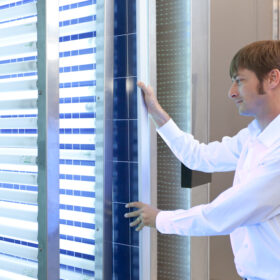Moment Energy’s repurposed batteries win first-ever UL safety approval for second-life storage
The company’s Luna battery system passed UL 1973, 9540 and 9540A in what’s the market’s first independently verified safety case for repurposed BESS.
Thirty-five countries now operate GW-scale annual PV markets
The latest report from the International Energy Agency’s (IEA) Photovoltaic Power Systems Programme (PVPS) highlights that 2024 was another record year for solar installations but large overcapacities of solar cell, module and wafer manufacturing continued.
In case you missed it: Five big solar stories in the news this week
pv magazine USA spotlights news of the past week including market trends, project updates, policy changes and more.
Rondo Energy’s 100 MWh heat battery powered by 20 MW of onsite solar
Heat batteries for storing industrial heat can also be powered by low-cost grid electricity generated at sunny and windy hours, the company said.
Hybrid BESS deployments can optimize benefits on both sides of the meter
Enverus report highlights C&I strategies for peak shaving, energy arbitrage and ancillary services revenue.
Repowering trackers can extend profitability of solar arrays entering their golden years
As older solar projects reach the end of their design life, the need for repowering, replacing or upgrading aging components, is becoming a crucial consideration for asset owners.
New environmental, social and governance obligations for solar and storage
As renewable energy deployment accelerates, the industry falls under an intensifying spotlight. Developers and financiers face mounting pressure to prove credible environmental, social and governance (ESG) compliance across the solar and battery storage value chains.
Improving solar inverter design with silicones
Inverters must withstand the high levels of heat generated when operating, otherwise system performance and reliability could be at risk. Cody Schoener of Dow Performance Silicones argues using silicone-based materials for inverters can improve thermal management and fire protection, while offering thermal stability, environmental resistance, electrical isolation and support for operational efficiency.
Cadmium telluride vs. crystalline silicon in agrivoltaics
Canadian researchers investigated how the transparency of cadmium telluride and crystalline silicon solar panels affects lettuce growth in agrivoltaic systems. They found that 69%–transparent silicon panels increased lettuce yield by 3.6%, whereas cadmium telluride panels led to a reduction in yield.
Why small-scale, non-utility solar is important
Behind-the-meter solar for homes, businesses, and communities comes with numerous benefits, said a paper from Stanford engineering professor Mark Jacobson.
